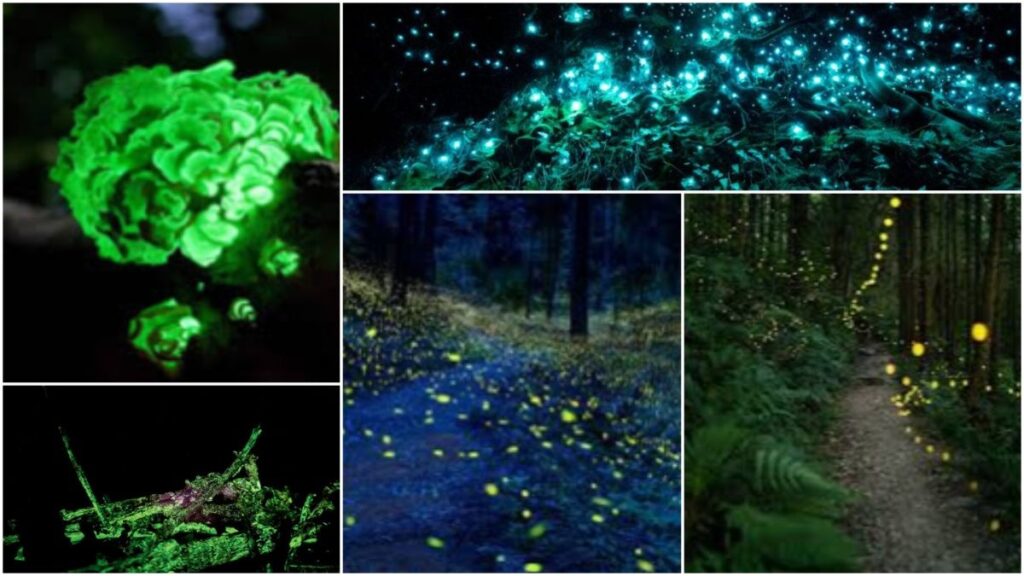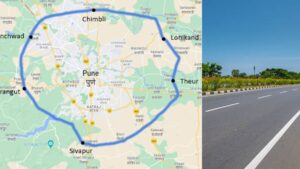Bioluminescence in the Western Ghats: Witness the Enchanting Glow of the Forests, Plan Your Trip Now

The Western Ghats, a UNESCO World Heritage Site, offer a unique natural phenomenon during the monsoon season: bioluminescence. This rare and fascinating occurrence illuminates the forests with an otherworldly glow, making it a must-see for nature enthusiasts.
Understanding Bioluminescence
Bioluminescence is the production and emission of light by living organisms. In the Western Ghats, this phenomenon is primarily caused by a bioluminescent fungus. These fungi emit a fluorescent green light due to a chemical reaction involving a light-emitting pigment known as luciferin and an enzyme called luciferase.
Where to See Bioluminescence
The bioluminescent fungi in the Western Ghats are mainly found on decaying wood and rotting plant matter. The phenomenon is most visible during the monsoon season, from June to October, when the humidity and moisture levels are optimal for the fungi to thrive. The forests of Bhimshankar Wildlife Reserve, Matheran and other parts of Maharashtra and Goa are known for showcasing this magical glow.
Why the Western Ghats?
The Western Ghats are one of the world’s eight biodiversity hotspots and are home to a diverse range of flora and fauna. Stretching 1,600 km along India’s west coast, this region’s rich biodiversity provides a suitable environment for bioluminescent fungi. Despite the occurrence of bioluminescence in other temperate and tropical regions, it is notably rare and specific to certain areas within the Western Ghats.
The Science Behind the Glow
While bioluminescence in marine environments, such as glowing plankton and deep-sea creatures, is relatively common, terrestrial bioluminescence is less so. Only about 70 species out of nearly 100,000 fungi are known to exhibit bioluminescence. The fungi in the Western Ghats belong to the Mycena genus, which consists of tiny mushrooms that often resemble moss. The exact reasons for their bioluminescence remain a subject of scientific study.
When to Visit
To witness the bioluminescence in the Western Ghats, plan your visit during the monsoon season. The right combination of rainfall and humidity creates ideal conditions for the fungi to emit their glow. However, spotting this phenomenon requires some luck, as it is not always visible.
The Importance of the Western Ghats
Apart from the enchanting bioluminescence, the Western Ghats are known for their rich biodiversity. They support a wide range of wildlife, including tigers, leopards, black panthers, and the largest population of wild Asian elephants. The Ghats also contain several tribal villages, reflecting the region’s deep connection to both nature and local communities.
In summary, the bioluminescence in the Western Ghats is a rare and captivating natural phenomenon that highlights the region’s ecological richness. For those interested in experiencing this unique spectacle, visiting during the monsoon season provides the best opportunity to witness the forest’s magical glow.







